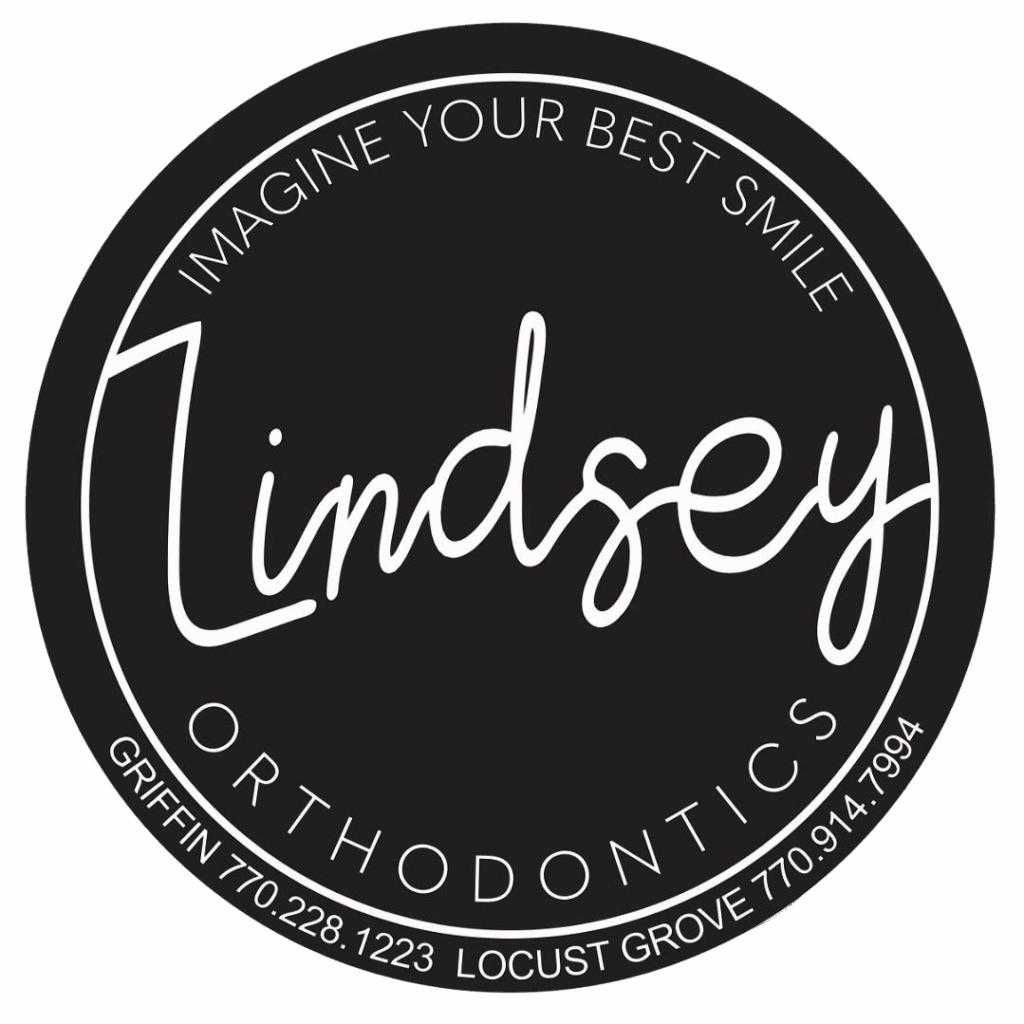When to See an Orthodontist
Thinking about orthodontic care for yourself or someone you love?
A common question that often pops up is: When’s the right time to see an orthodontist? Deciding on this often depends on the alignment of your teeth and the quality of your bite.
Other childhood habits and quirks might also signal the need for orthodontic care. Early or delayed loss of baby teeth, thumb sucking, tongue thrusting, and mouth breathing are common examples. While these signs don’t always demand immediate treatment, they’re worth discussing with a specialist.
However, an early screening doesn’t mean treatment will start immediately. Most children don’t start active orthodontic treatment until they’re between 9 and 14 years old. Think of this as a proactive step to ensure your child’s smile is headed in the right direction.
What Are Signs that Orthodontic Care is Needed?
Some signs are hard to miss, such as struggling to chew, bite, or even speak comfortably. Teeth that are crowded, protruding, or out of place are also strong indicators that it’s time to consult a specialist. Orthodontists are equipped with the training and expertise to diagnose and treat these issues effectively.
But not all symptoms are that obvious. Subtle clues like mouth breathing, jaw shifting, teeth grinding, or the inability to fully close your lips without discomfort could hint at an underlying issue. Unintentional biting of the cheek or roof of the mouth is also a sign that should not be overlooked.
Even your facial balance can be affected by misaligned teeth. If your features don’t quite seem in harmony, orthodontic treatment may offer a solution.
Orthodontics for Kids
When it comes to children’s orthodontic care, timing can make all the difference. That’s why the American Association of Orthodontists (AAO) suggests scheduling an orthodontic exam by age 7. There are two excellent reasons for this early check-in:
Other childhood habits and quirks might also signal the need for orthodontic care.
Early or delayed loss of baby teeth, thumb sucking, tongue thrusting, and mouth breathing are common examples. While these signs don’t always demand immediate treatment, they’re worth discussing with a specialist.
However, an early screening doesn’t mean treatment will start immediately. Most children don’t start active orthodontic treatment until they’re between 9 and 14 years old. Think of this as a proactive step to ensure your child’s smile is headed in the right direction.
Adult Orthodontics
Orthodontic care isn’t just for kids—it’s for anyone ready to improve their smile and oral health. If you feel self-conscious about crooked teeth or avoid showing your smile in photos, it might be time to explore what modern orthodontics can do for you.
More adults than ever are choosing orthodontic treatment. According to the American Association of Orthodontists (AAO), adults now make up about 20% of all orthodontic patients. Advances in technology have made it easier and more discreet, with options like clear aligners, ceramic braces. These innovations ensure treatment fits seamlessly into a busy adult lifestyle without drawing attention.
The benefits of orthodontic care go beyond appearance. Straight teeth are easier to keep clean, which helps prevent decay and gum disease. A properly aligned bite can reduce strain on your jaw, make eating more comfortable, and even improve speech. Plus, healthy teeth have the best chance of lasting a lifetime.
